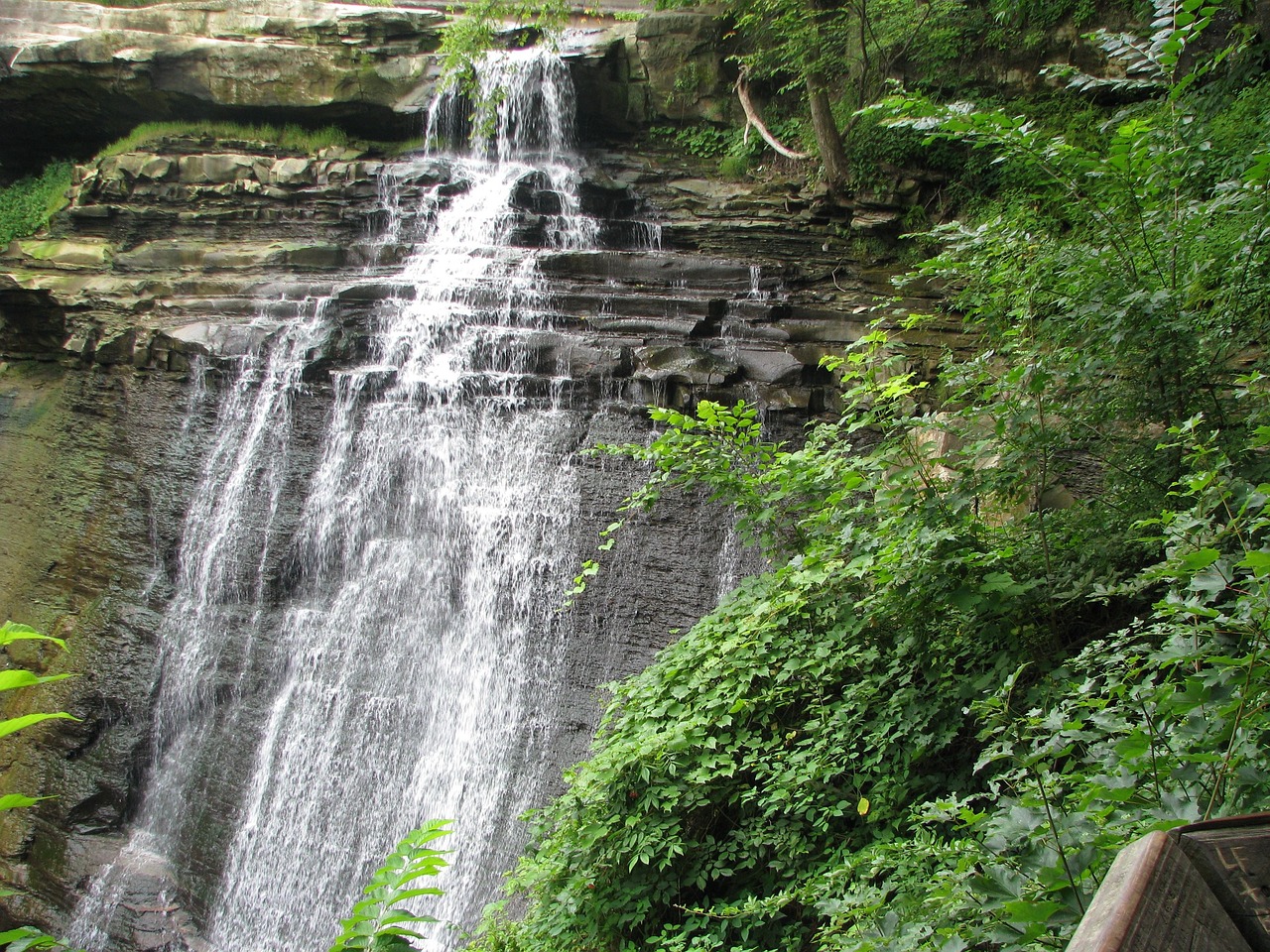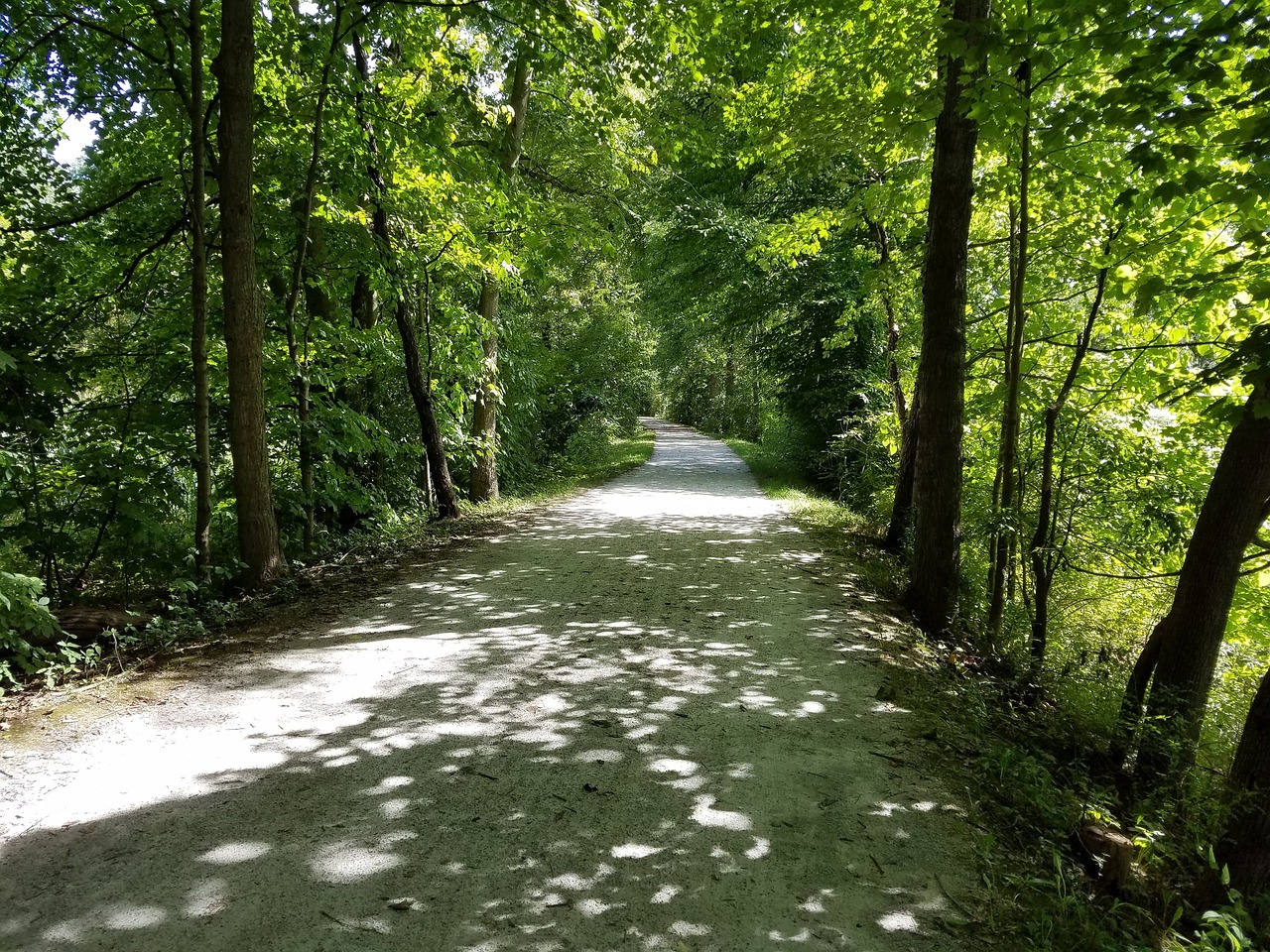Sister Parks
Last September, Dartmoor became the first National Park in the UK to enter into an international Sister Park arrangement with a United States National Park.
The purpose of the formal sister park relationship is to promote international cooperation for the mutual benefit of the National Parks, provide a forum for collaboration about shared challenges, learn from exemplar projects to protect, preserve and promote the natural environment and share cultural and social values of both countries.
Making the vision of a Sister Park status between the US and UK was down to the hard work of Authority Member Peter Harper.
"When I was a teenager my family used to host agricultural exchange students from New Zealand," said Peter. "They would work for us for six months then move on. This mixing of different cultures and ideas has stuck with me all through my adult life.
"I wanted Dartmoor to look beyond its boundaries and the everyday, and see how other places across the world worked and how we could learn from them, and how they could learn from us."
A chance meeting with Chuck Sams the head of the US National Park Service helped Peter put this idea into practice. Chuck linked Peter up with the US National Parks Service's Office for International Affairs (OIA) in Washington and so the formal application process began.
 Cuyahoga Valley National Park encompasses over 33,000 acres along the Cuyahoga River between Cleveland and Akron, Ohio. Managed by the National Park Service, its central feature is the winding river from which the park takes its name and includes deep forests, rolling hills, open farmland and over 1,500 wetlands.
Cuyahoga Valley National Park encompasses over 33,000 acres along the Cuyahoga River between Cleveland and Akron, Ohio. Managed by the National Park Service, its central feature is the winding river from which the park takes its name and includes deep forests, rolling hills, open farmland and over 1,500 wetlands.
Peter explained: "Cuyahoga was a natural fit: it's only one of four National Parks in the US that is free to enter - you have to pay to go in others - and, like Dartmoor, it has two major cities close to its boundaries. It's also unusual in that they only own about 60% of the land in the NP whereas most US National Parks own all the land.
"Luckily for us Cuyahoga Valley National Park's Superintendent Lisa Petit was looking to learn more about how National Parks could work in partnership with their communities. We held a number of meetings over Teams and felt we could learn a lot from each other."
It then became a case of drafting agreements and getting approval from both sides but the will was there and support was given by both organisations.
On June 6 a formal signing ceremony was held in Cuyahoga with Dartmoor National Park 's Chief Executive Dr Kevin Bishop and Cuyahoga Valley National Park's Superintendent Lisa Petit signing on the dotted line.
During the visit, Dartmoor's small delegation of four met with Cuyahoga staff and toured the park to learn more about creating welcoming spaces for visitors, the role of the Rangers, environmental restoration projects and much more besides.
 For Dartmoor, the exchange of knowledge and help in areas such as volunteering, fund-raising, nature recovery and visitor centre operation is already proving to be useful.
For Dartmoor, the exchange of knowledge and help in areas such as volunteering, fund-raising, nature recovery and visitor centre operation is already proving to be useful.
Said Peter: "Cuyahoga is restoring and rebuilding a landscape and environment with help of many partners, much like we are. They also have volunteers assisting with car parks, education and outreach and they work with a charitable body to leaver in extra resources for special projects - as we have recently announced for Dartmoor.
"Dartmoor is nearly three times the size of our sister park but has only a third of the budget. Another area of real interest to them is how we work in partnership with so many different organisations: government, non-government, charities, landowners, commoners, farmers and local authorities. There will be an opportunity for them to learn a lot more about Dartmoor in the autumn when some of their staff will visit us.
"We also gained good insight into what it is like for a National Park to be working as part of a National Park Service - a federal department. The second challenge for both of us is financial resourcing; how we fulfil our National Park duties and communicate this to the public."
Currently, about 69 National Parks and protected landscapes have a similar agreement with a US counterpart. Peter's message to other National Parks who are toying with the idea? "Go for it!" he said. "The process takes a little time but the opportunities to learn from each other is well worth the reward."
